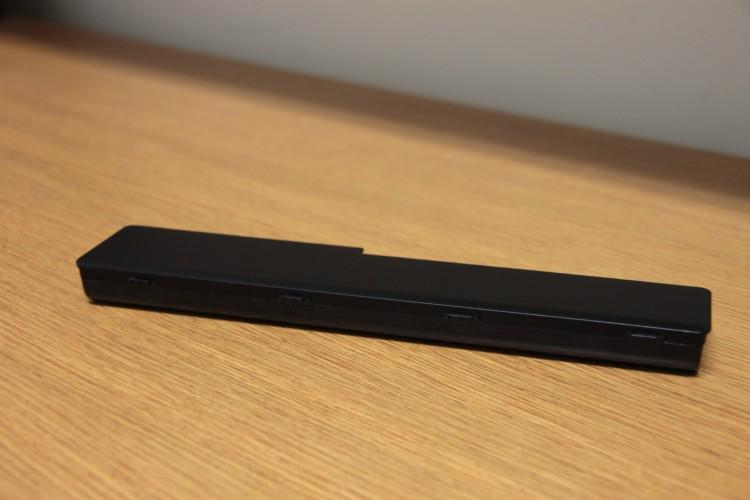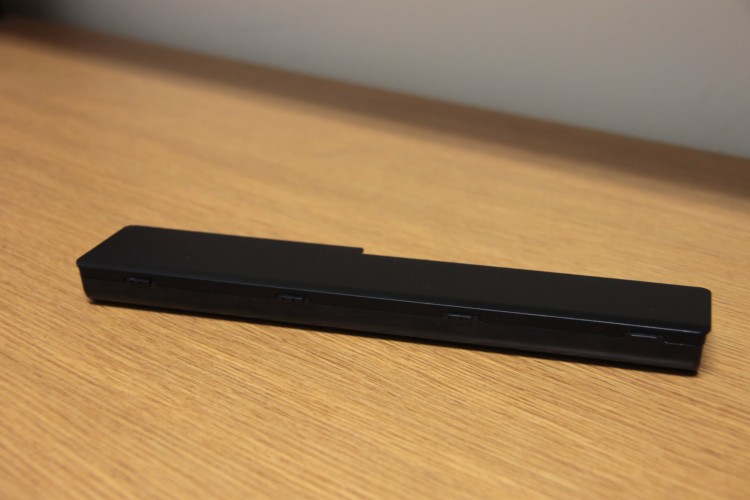Scientists have discovered a new way to investigate the internal workings of rechargeable batteries without destroying them.
The technique, based on magnetic resonance imaging (MRI), could lead to improved battery performance and safety, according to the U.S.-U.K. team of researchers.
MRI has been used successfully in medicine to see inside patients’ bodies and diagnose illnesses. But the technique doesn’t work in the presence of a lot of metal. This is because conducting surfaces block the radio frequency fields used in MRI to see inside objects or the human body.
The researchers discovered that although the radio frequency fields are blocked by metals, they could actually use the technique to closely investigate the surface of conductors.
For example, in lithium-ion batteries, used in many portable devices such as laptops and cameras, the team was able to directly image the buildup of lithium metal deposits on the electrodes after the battery was charged. These deposits can detach from the surface, leading to overheating, battery failure, and, in extreme cases, fire or explosion.
“MRI is exciting because we are able to identify where the chemical species inside the battery are located without having to take the battery apart, a procedure which to some degree defeats the purpose,” said Clare Grey, associate director of the Northeastern Center for Chemical Energy Storage and a professor at Cambridge University in the U.K. and Stony Brook University in New York, in a press release.
“The work clearly shows how we can use the method to identify where lithium deposits form on metal electrodes.”
Being able to see what is happening chemically inside batteries means many different battery designs and materials could, in theory, be tested under normal operating conditions.
“New electrode and electrolyte materials are constantly being developed, and this non-invasive MRI technology could provide insights into the microscopic processes inside batteries, which hold the key to eventually making batteries lighter, safer, and more versatile,” said Alexej Jerschow, a professor in the Department of Chemistry at New York University, in the release.
“Both electrolyte and electrode surfaces can be visualized with this technique, thus providing a comprehensive picture of the batteries’ performance-limiting processes.”
But the researchers say they still need to work on improving the resolution of the technique, which could also have applications for studying irregularities and cracks on conducting surfaces.
“We still have some way to go to make the images better resolved, and make imaging time shorter,” said New York and Stony Brook postdoctoral researcher S. Chandrashekar in the release. “We feel that with this work, we have made the field wide open for interesting applications.”
“The resolution is not yet where we want it to be and we would like to extend the method to much larger batteries, but the information that we were able to get from these measurements is unprecedented,” added Grey.
The research was published online in the journal Nature Materials on Feb. 12.





